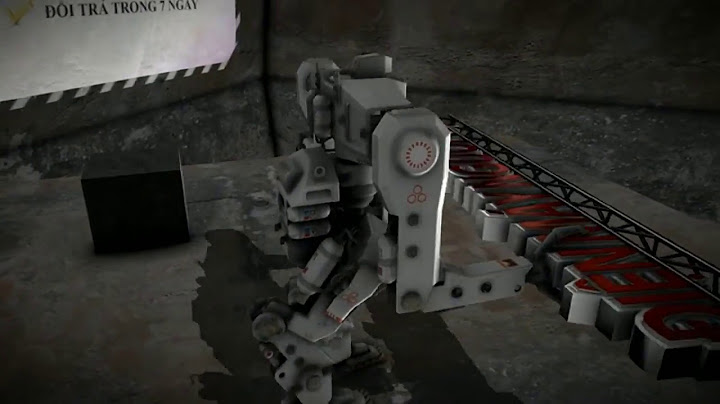Stop me if you’ve heard this one before: in a quiet outer Tokyo suburb, a hidden war is fought unbeknownst to the general populace. Existing within a hidden world called the Eclipse, the Greeds (yes, with an s) are monsters who manifest from negative emotions to cause strife and turmoil. Fortunately, a select few are able fight back: the aloof-yet-hard-working protagonist, a karate-kicking genki girl, two elegant class presidents, a 1337-speaking hacker, a tough-guy delinquent, and a pop idol join to form the Morimiya High School Xanadu Research Club, or XRC for short. And when they’re not kicking butt, they’re hanging out as friends. No, this isn’t Persona 3-5, nor is it Persona 6. This is Tokyo Xanadu eX+, the expanded re-release of last summer’s Tokyo Xanadu for Vita. The newest entry in Falcom’s groundbreaking Xanadu series, Tokyo Xanadu eX+ is remarkably unremarkable in just about every way. I won’t get too into the basics of Tokyo Xanadu eX+’s mechanics, as they’re unchanged from last summer’s Vita release, which our own Rob Rogan reviewed. What eX+ does add is a number of discrete side-chapters in between each main story chapter. These chapters tend to focus on a select few different characters and they all shake out the same: friends are hanging out, going about their business, an Eclipse opens up, they jump in and fight through a dungeon, the end. The story present in these chapters adds very little to the overarching plot, and you can’t opt out of them, so they tend to just drag out an already bloated experience. The extra dungeons are largely indistinguishable from those in the main game, and combat always falls short of feeling satisfying, primarily because the engine is not fit for purpose. Both versions of Tokyo Xanadu’s Japanese release pre-dated Ys VIII by a year, so it would be unfair to expect the latter’s excellent combat engine, but Tokyo Xanadu half-heartedly implements real-time combat into the Trails of Cold Steel engine — an engine built for a turn-based RPG. The result feels stiff and weird, and the camera misbehaves at all the wrong moments. Falcom pioneered the action RPG and have refined their numerous formulas for thirty years, so why on earth would they attempt fast-paced combat in an engine built for the exact opposite? Considering the fact that numerous enemy models — and all of the minigames — from Cold Steel 1&2 are also present, it’s likely that Falcom wanted to wring just a liiiiitle bit more out of those games’ assets. As more and more JRPGs include relationship mechanics, the Persona comparison is, perhaps unfairly, easy to make. In the case of Tokyo Xanadu, it’s apt, as Falcom have done their damndest to replicate Atlus’ smash hit out of whole cloth, though without any of the style and panache that makes Persona so popular. Three years ago, I was afraid this was the route Trails of Cold Steel would take, yet I was pleased to find that that series managed to retain its distinct identity. Tokyo Xanadu, on the other hand, doesn’t have much of an identity at all. The story unfolds over the course of a school year, and when you’re not delving into dungeons, you’re hanging out with friends, indulging in minigames, and building up your Courage, Intelligence, and Virtue stats by completing quests and reading books. These three stats never gated me from any activities, so it was hard to ascertain why they were even there, aside from their obvious Persona reference. I’d seen it all before, and my eyes couldn’t have rolled any further back when a mid-game chapter saw the city covered in an ominous, yellow fog in which townspeople would become lost and trapped within the Eclipse. Can you guess what happens after that? That’s right, a celebratory trip to the hot springs, where the boys try to peep at the girls. Imitation may be the sincerest form of flattery, but Tokyo Xanadu’s borrowing is not remotely transformative; a half-hearted “me too” as opposed to a work able to stand on its own. Weirdly, Tokyo Xanadu eX+ has very little to do with the wider Xanadu series, but instead has a great deal in common with Zwei: The Ilvard Insurrection. The dungeons are all quite similar, consisting of hallways leading to rooms that contain combat encounters, objects to destroy, and chests to pillage. At the end of each dungeon, you’re judged on speed, combo count, object destruction, and treasures found. When you replay a level, the boss is replaced with a slot machine that spits out resources, just like Zwei. If that wasn’t blatant enough, protagonist Kou’s weapon is the Anchor Blade, the same weapon used by Zwei’s protagonist Ragna, sans the latter’s puzzle-solving functionality. In short, everything Tokyo Xanadu eX+ does, Zwei: The Ilvard Insurrection does with more satisfying combat, better writing, and less bloat. Those who couldn’t get enough of Tokyo Xanadu’s combat will no doubt be pleased with the extra content here, especially a robust post-game that takes place during Halloween. Everyone else, however, is better off passing this one up. eX+’s additions are so flimsy and superfluous as to actively detract from the original game, dragging out an already thin premise to another 25 hours. If you simply must play it, save yourself the headache and go for the Vita version. But you can do better. Falcom can do better. |




















